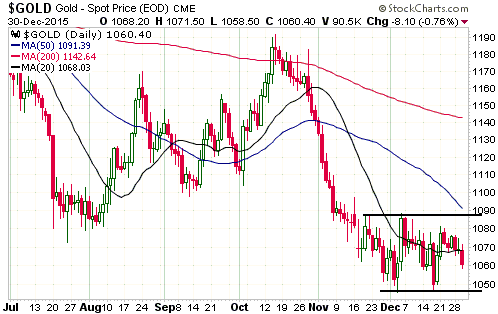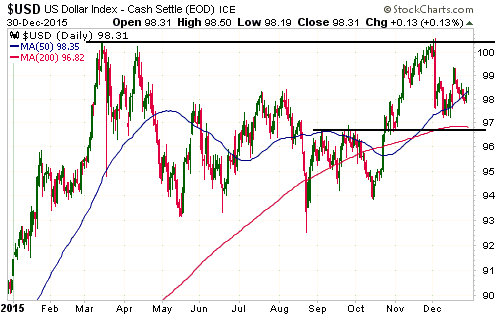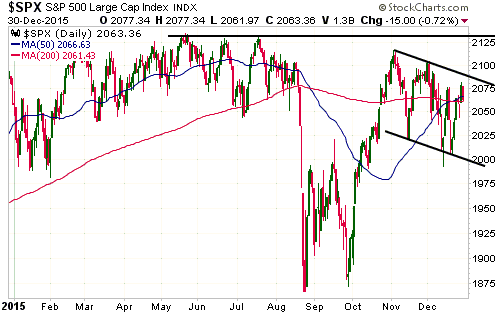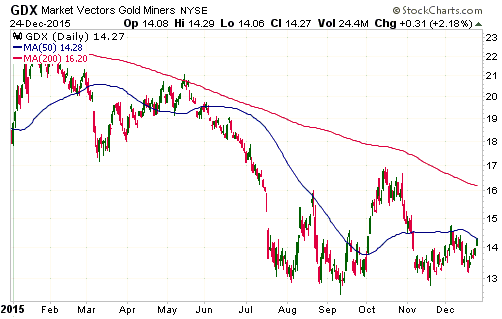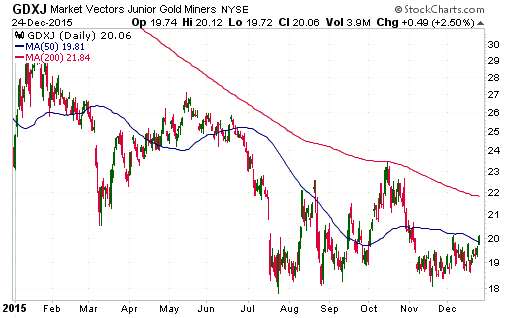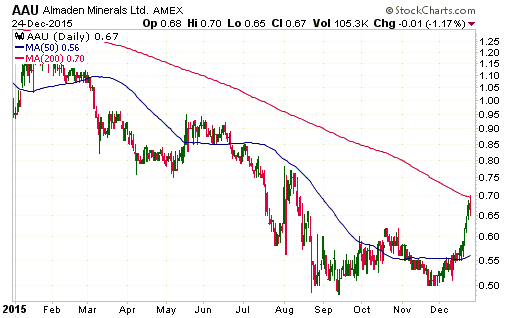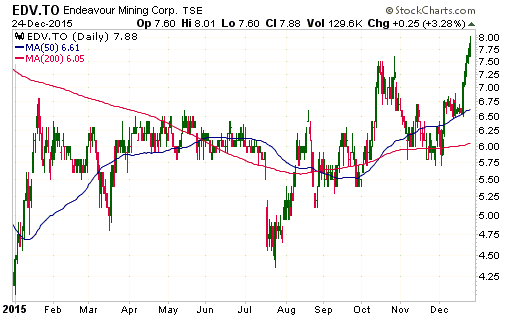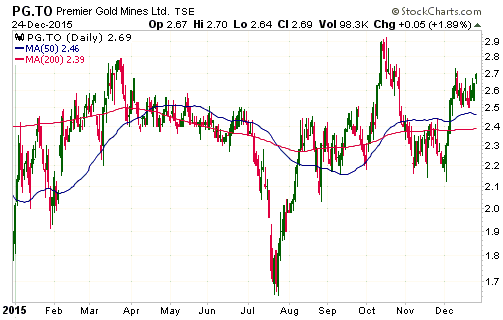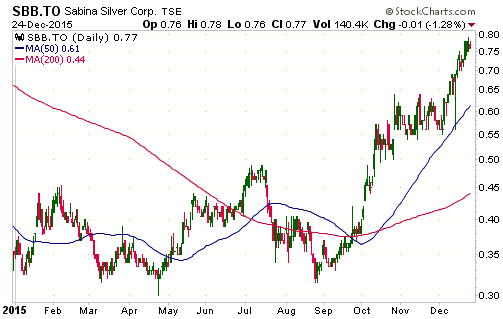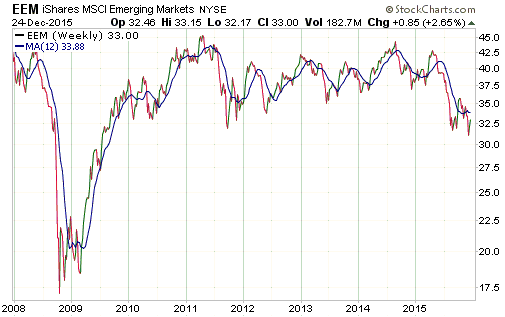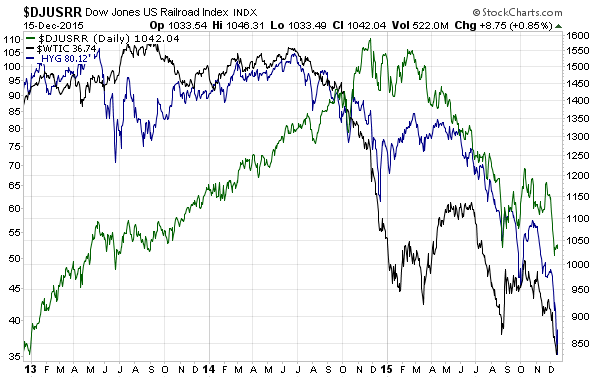The following charts are discussed in an email sent to TSI subscribers.
1) The US$ Gold Price
2) Gold versus the relative strength of the banking sector (as indicated by the SPX/BKX ratio)
3) The HUI
4) The Dollar Index
5) The US$/Yuan Exchange Rate
6) The S&P500 Index
7) The Europe 600 Banks Index (FX7)
 Print This Post
Print This Post

